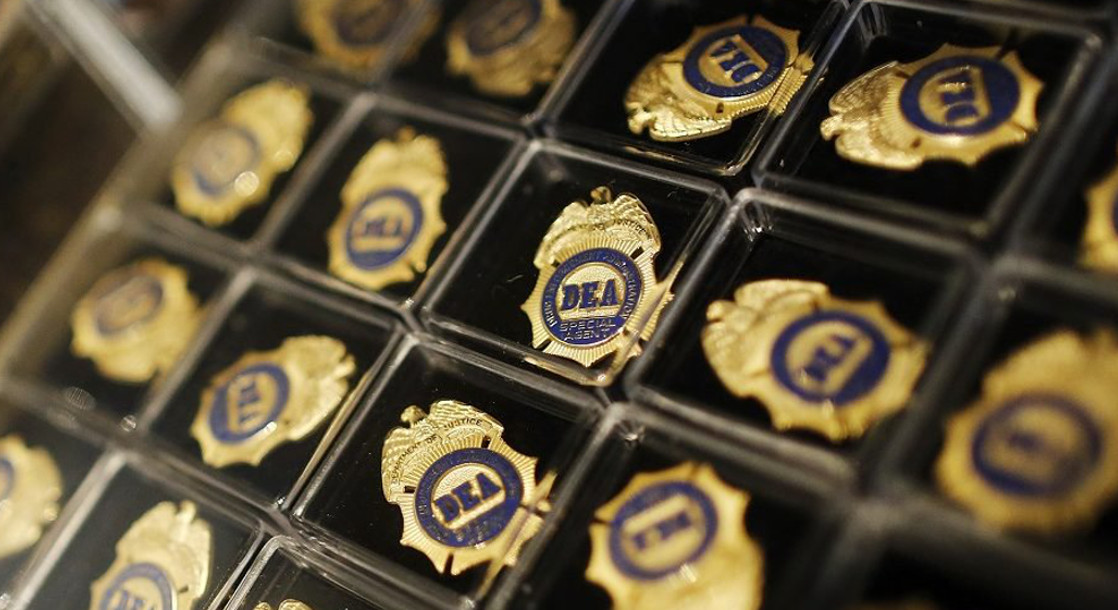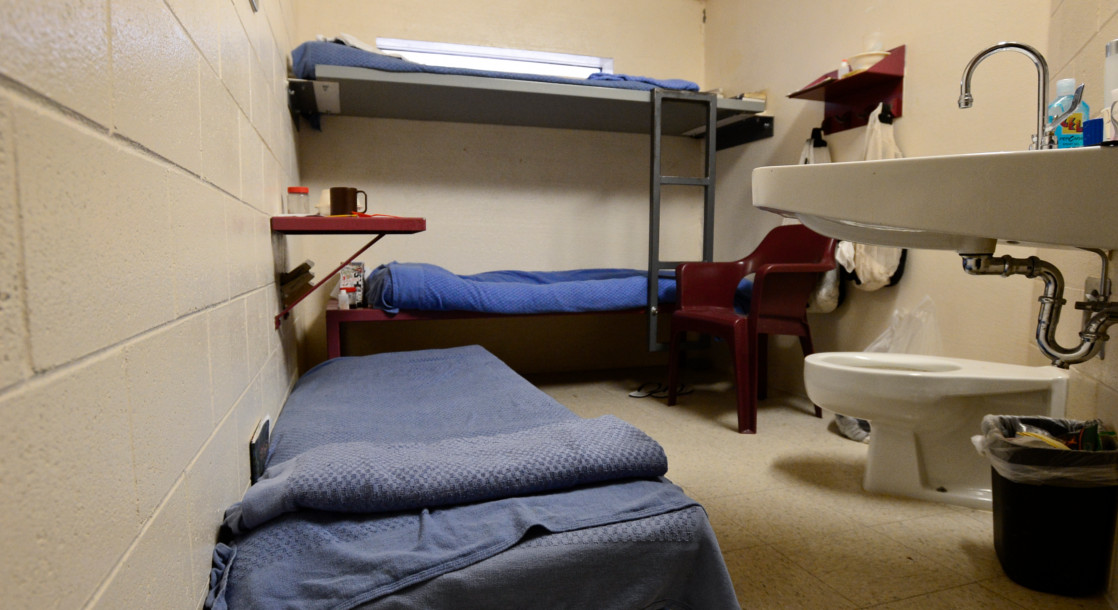After legalization, America looked to Colorado expecting to see chaos on the streets- drugged drivers, drugged Halloween candy and the worst fear- an increase in teen use. A survey conducted by Monitoring the Future indicates no significant change in cannabis prevalence in teens after legalization measures.
The survey was carried out by the National Institute of Drug Abuse at the University of Michigan. Investigators interviewed 40,000 students from public and private schools. No evidence was found that supports the idea that cannabis legalization prompts teens to try cannabis.
According to the survey, “Marijuana, the most widely used of the illicit drugs, did not show any significant change in annual prevalence this year in any of the three grades, nor in the three grades combined. After rising for several years, the annual prevalence of marijuana has more or less leveled out since about 2010.”
8th graders reported daily cannabis use at 1.1 percent. 10th graders reported daily cannabis use at 3 percent and 12th graders reported daily cannabis use at 6 percent. Put simply, one in every 16 to 17 high school seniors smokes cannabis on a daily or near-daily basis. Near-daily use is defined as smoking cannabis 20 or more times per month. 12 percent of 8th graders, 25 percent of 10th graders and 35 percent of 12th graders said they smoked at least once in the last year. These numbers indicate that there is no significant change in teen use over the last five years. In some cases, cannabis use has dropped. The survey states “The proportion of 12th-grade students who favor marijuana use as a crime is at the lowest level ever recorded by the survey.”
The study also indicates that millennials are no longer seeing cannabis as a threat. Perceived risk has steadily dropped over the last ten years. 10 years ago, 74 percent of 8th graders said cannabis “carries a great risk of harm.” That number dropped to 58 percent. Perceived risk also dropped about 20 percent for 10th and 12th graders as well.
“Perceived risk is usually a deterrent to use and it is clear that this deterrent has weakened considerably,” said Johnston. “In sum, there is a lot of good news in this year’s results, but the problems of teen substance use and abuse are still far from going away.”
Teens nowadays see cannabis-infused products everywhere. The taboo surrounding cannabis has all but vanished. “For decades, teens had an artificially high perception of risk based on scare tactics and exaggerations. Now that there is more information out there and it’s not limited to horror stories and propaganda, they are developing a more realistic view on it,” Mason Tvert told US News.
Teens nowadays don't see cannabis as a threat. The number of smoking and non-smoking teens that accept legal cannabis is continually growing. A more realistic view on cannabis doesn't seem to have an effect on increasing cannabis prevalence in teens.











